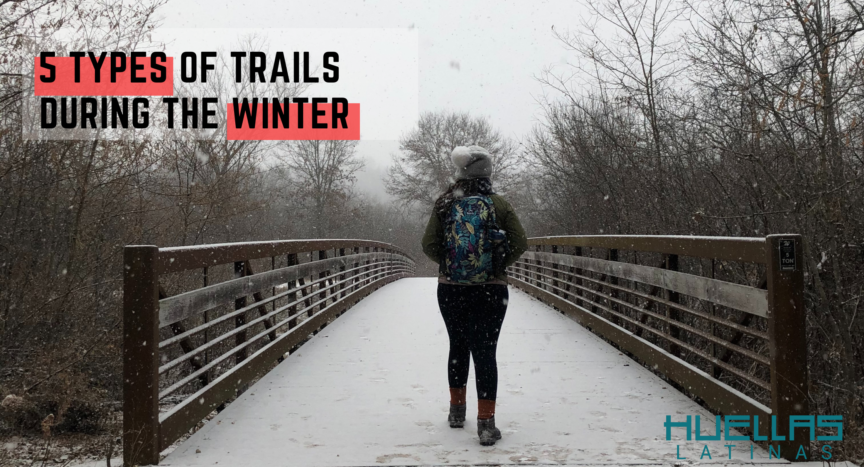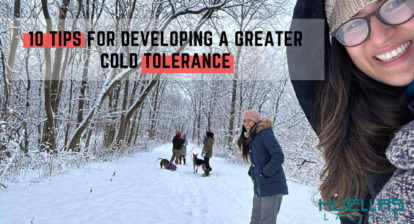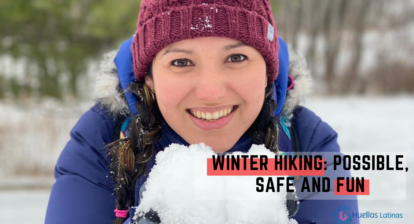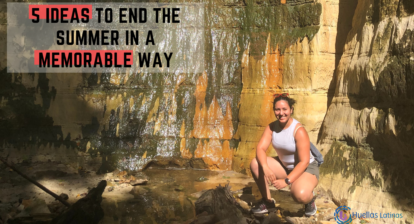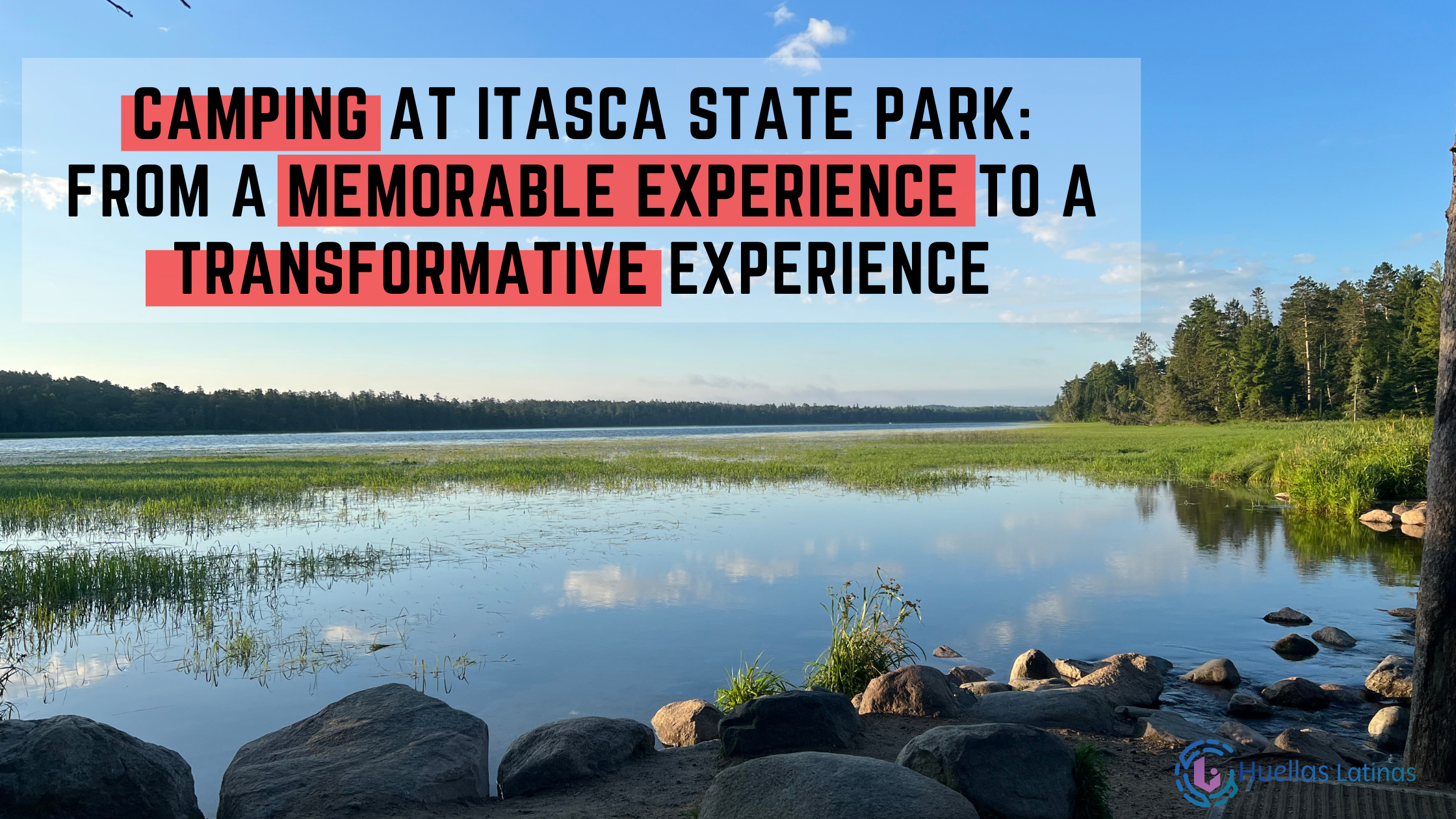5 Types of Trails during the winter
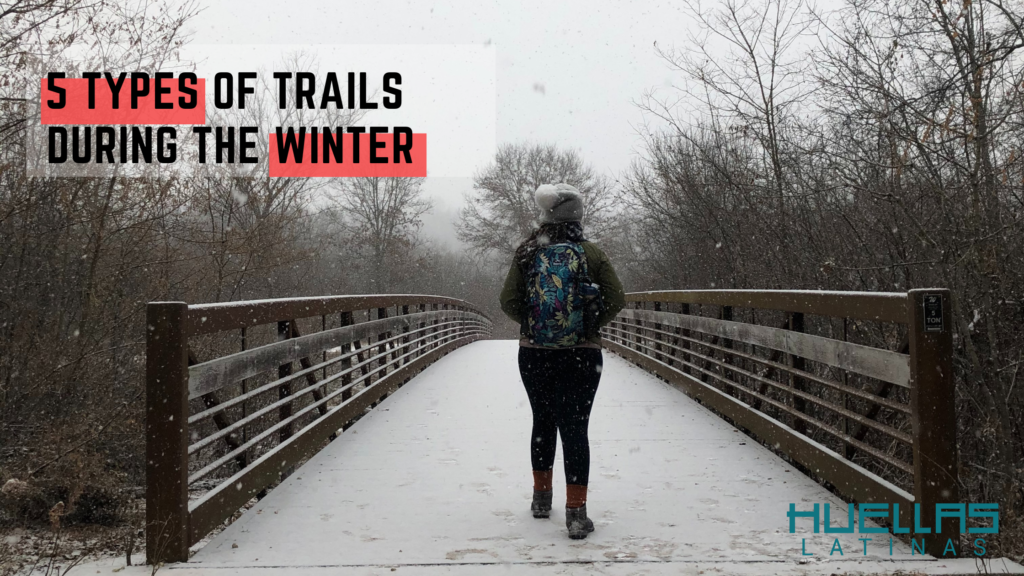
With the arrival of winter many things change. One of them is the use of the trails in the different parks of Minnesota.
When I started Winter Hiking I was completely unaware of this. I ventured into a park following a digital map and then on the ground I would find a whole other world. Even though I had already visited the same park in the summer months, the trails look different in the winter.
I gracefully remember walking on a trail where there were other people skiing and the skiers yelling “get out of the trail” – then walking off-track a bit nervously not really knowing where I was going. This experience motivated me to investigate and learn that, in the winter, many parks offer different activities such as Cross Country Skiing, Snowshoeing, dog sledding, or others, and that is why the trails must change their use.
Below I share an example of 5 types of trails that we can find in winter.
1. Paved trails
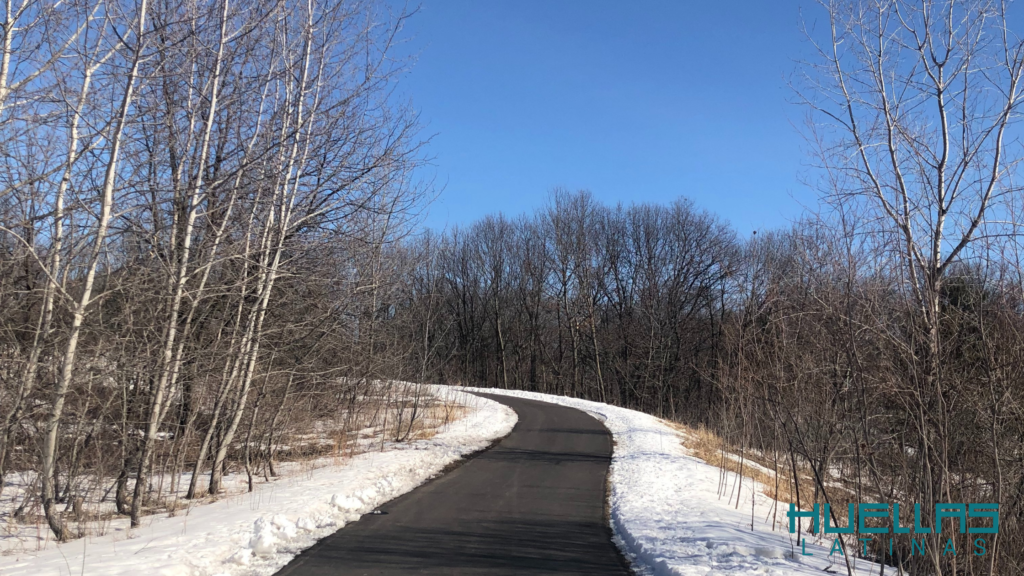
Most of our parks open some of their paved trails throughout the winter for winter walking, biking, or both. However, it is important that you check the winter map of the park you want to visit before you leave home because it is possible that most of these paved trails change their use and become groomed trails for cross-country skiing or snowshoeing.
2. Dirt trails
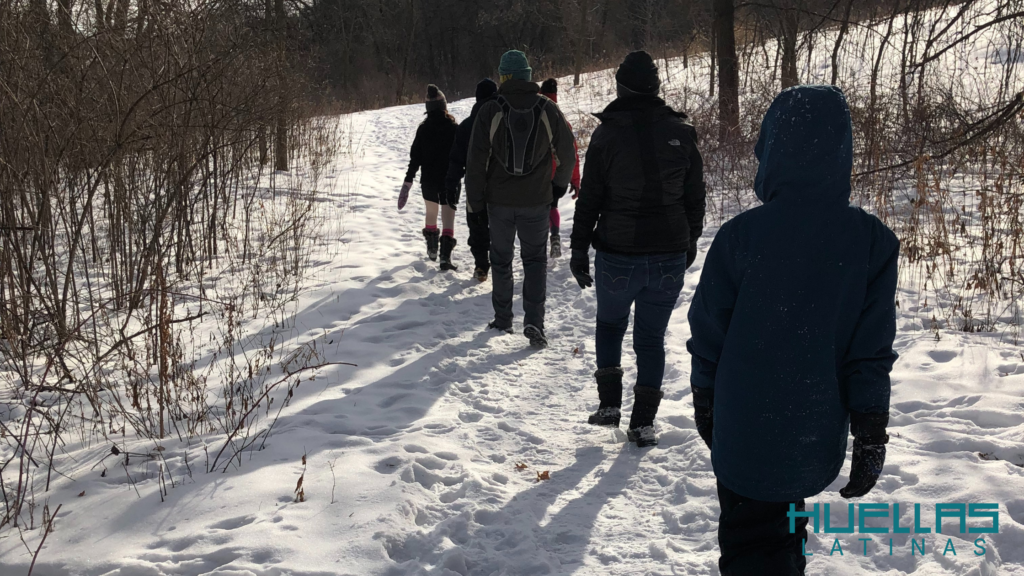
Many of the dirt and grass trails in Twin Cities parks receive no maintenance in the winter; instead, these trails become ideal for winter walking and snowshoeing. In other cases, they prepare for cross-country skiing. You will need to refer to each park’s winter map to identify which is which.
Due to the instability of these unmaintained trails, it is important that you consider adding traction with the use of fields. Plus, you’ll have to work harder, your heart rate will be higher, and you’ll probably get hotter during the walk.
3. Groomed trails
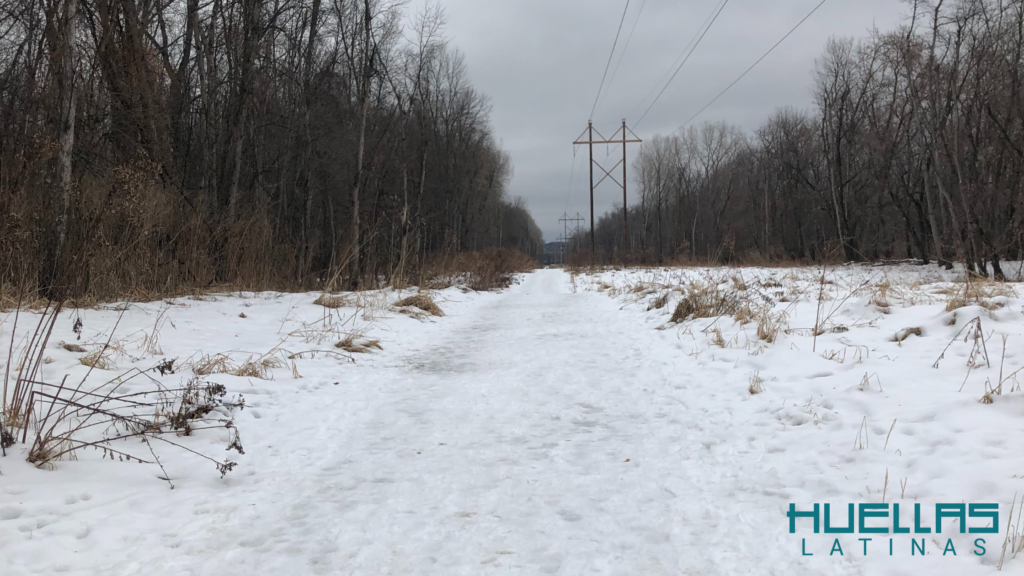
Groomed trails are the easiest to walk in winter because the ground under the snowpack is level and the snow is usually not very deep. I also recommend the use of crampons to add traction to your boots and avoid slipping or possible falls. These trails are more likely to form ice due to temperature changes.
4. Off-piste winter hiking
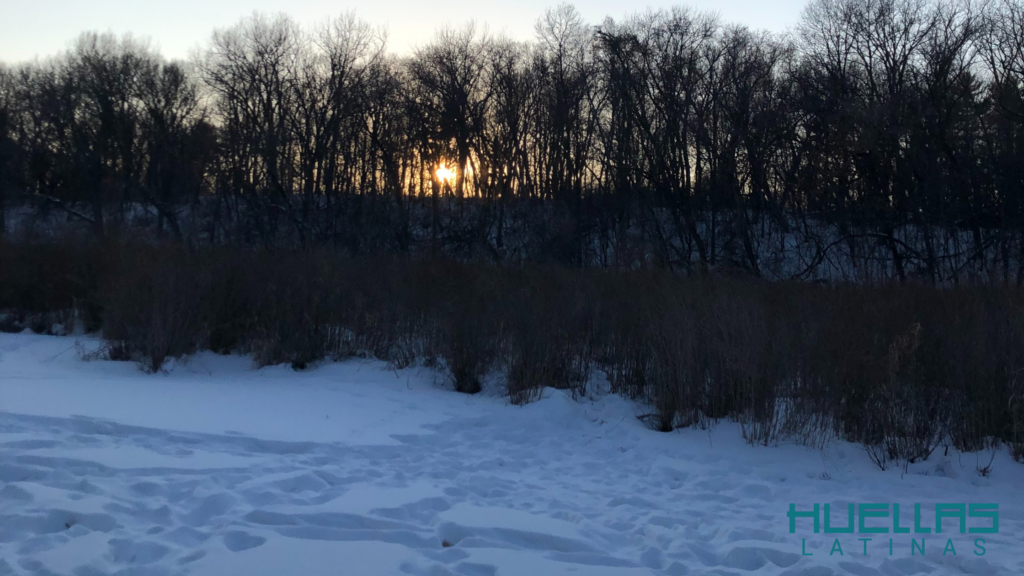
It’s fun to explore off the trails when the snow isn’t too deep. As long as we have a few inches of snow, winter hikes will work just fine. With the leaves of the brush and the trees we can go deep into the forest, follow the tracks of the deer, explore the lakes and swamps. This type of walk can also be done with snowshoes and will require more effort on the walk.
5. Cross country ski track
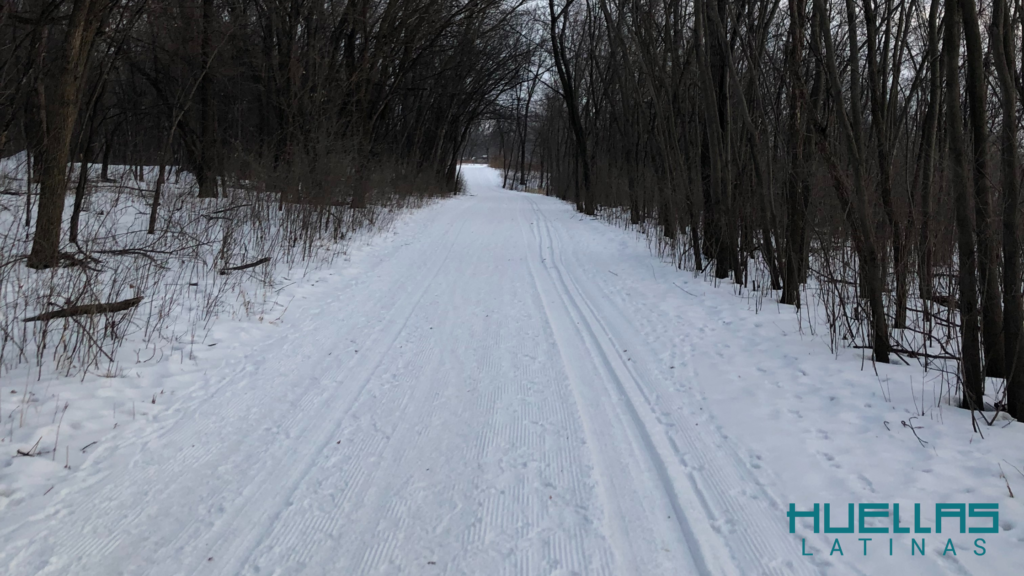
These trails are prepared exclusively for Cross Country Skiing, hiking, snowshoeing, and pets are not allowed. Please check the park map before visiting, you will usually find on the map the uses of the trails during summer and winter.
Recommendations
– Dress in layers
– Always walk accompanied
– Check the weather forecast
– Protect navigation equipment
– Stay hydrated
– Wear the right shoes and add traction
Stay informed and enjoy the benefits of winter activities. Visit our events page to be informed of everything we have prepared for our community.
See you on the Trails!
![]()

